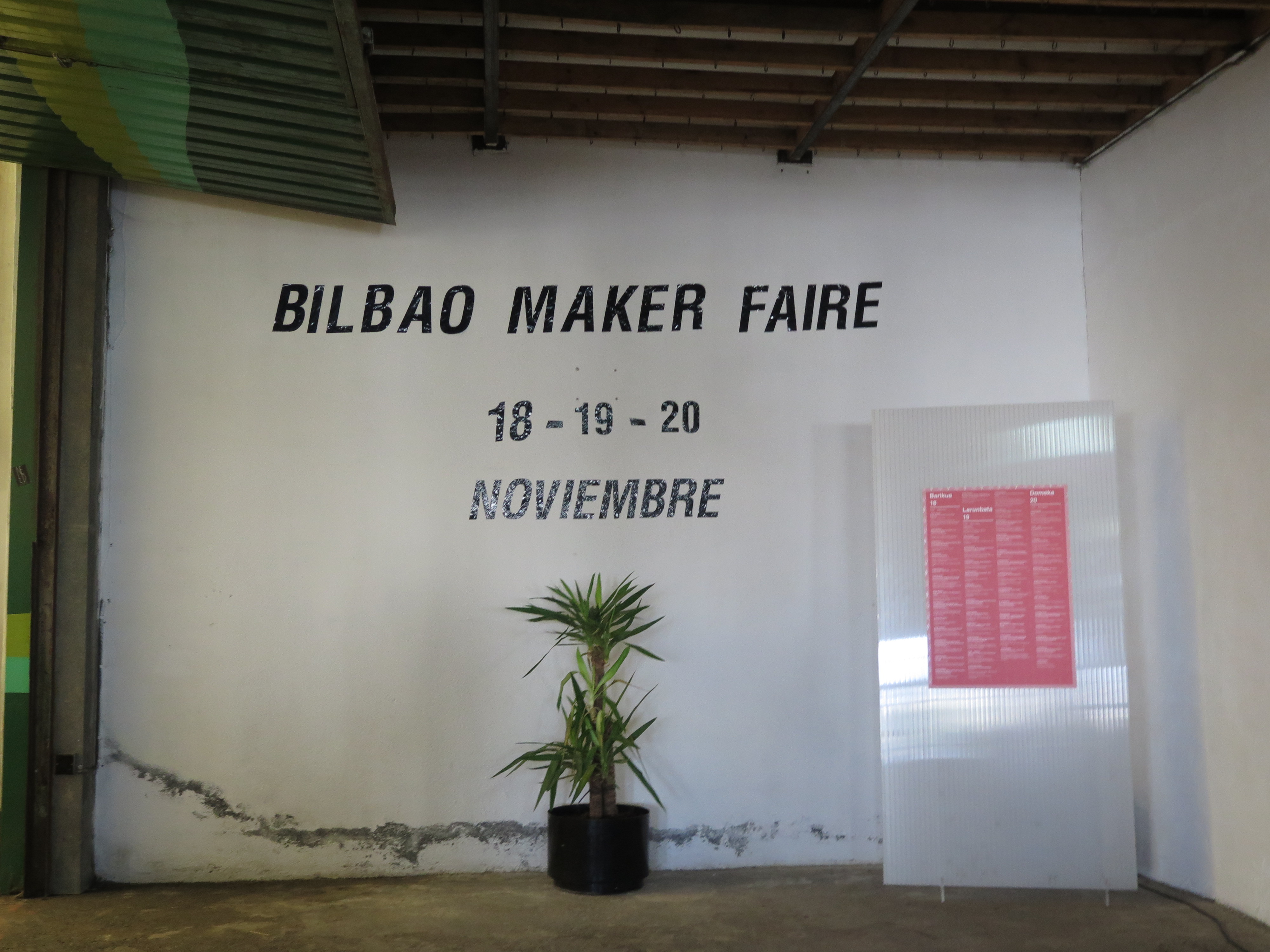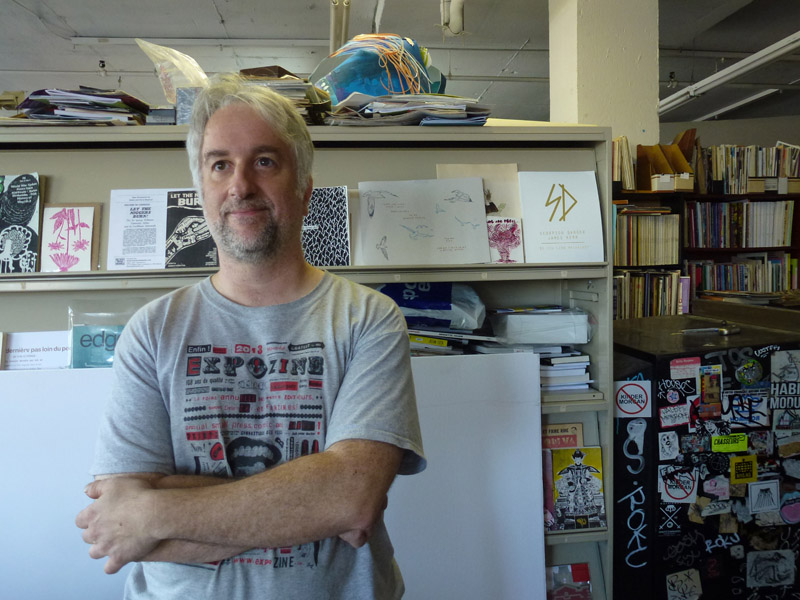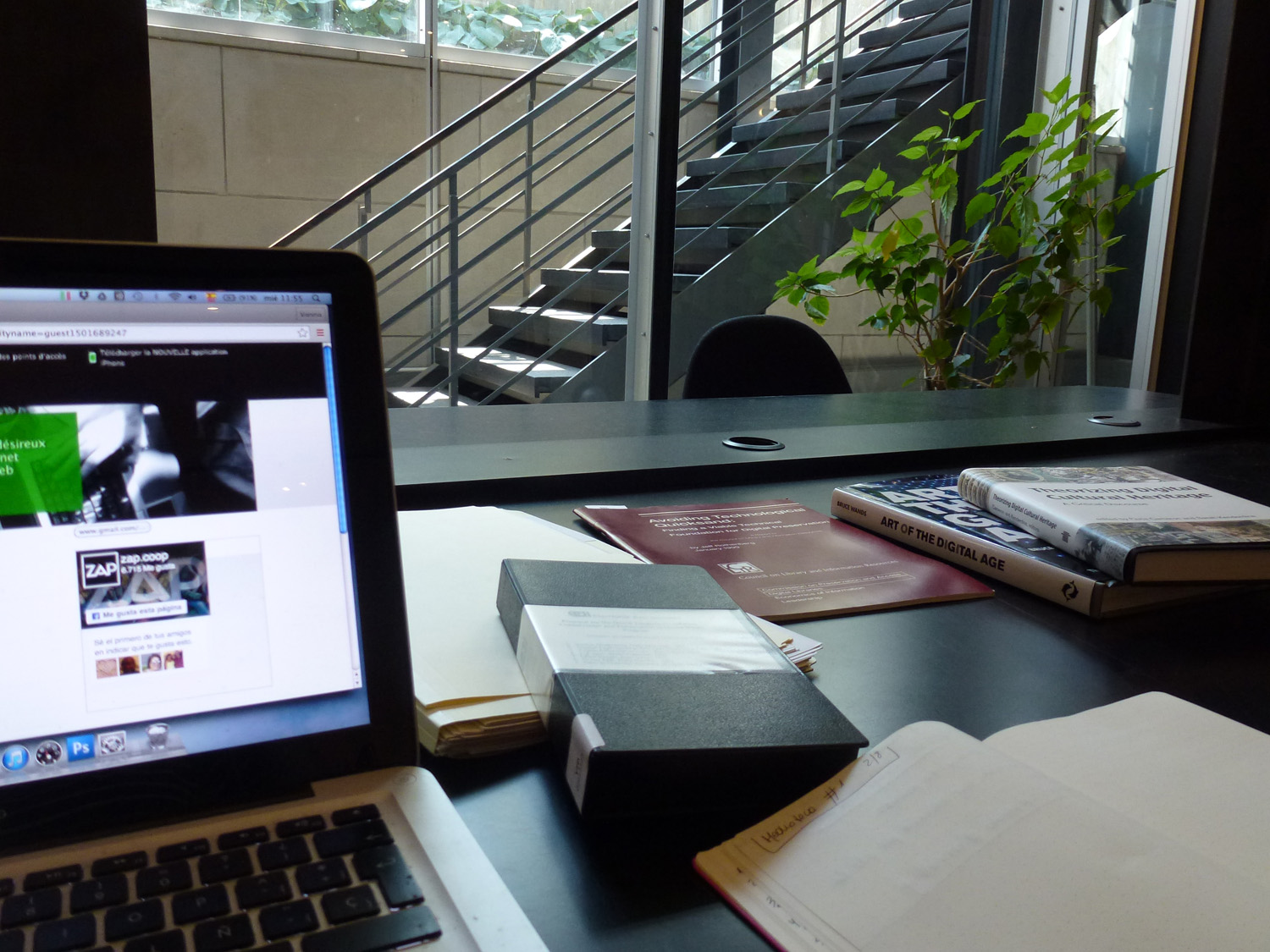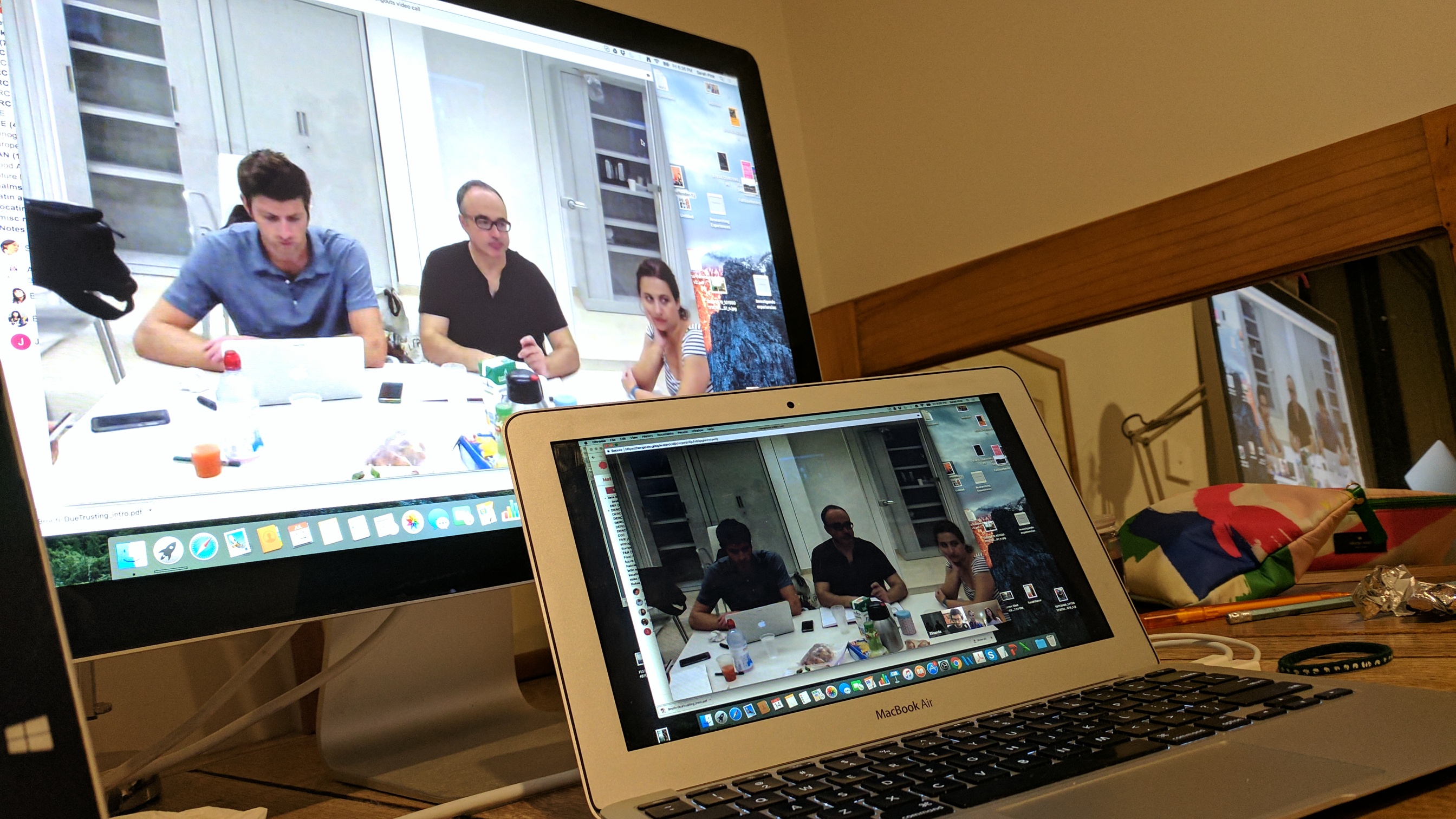Innovation is more about creating meaning than it is about creating artifacts” was one of the concluding phrases in the book Networks of Innovation of finish writer Illka Tuomi. After visiting the Bilbao Maker Faire a month ago, I understood what exactly Tuomi meant.
The Bilbao Maker Faire was held at the Espacio Open located in an old cookie factory. The Espacio Open is a space “made from the stuff that dreams are made of” as the bold slogan read in one of the brochures at the entrance. In fact, it is an accelerator for creative and social projects, with a focus on art, design, fashion and…well, Bilbao’s makers.
On the first day, I walked around the busy halls and spoke with many participants and some spectators. What I basically understood is that maker fairs are not that far away from traditional science fairs in their way of presenting technology. If you remember, in my previous post, I described the way science fairs showcase “the essence of science” to the general public by way of short workshops and exhibitions of scientific technologies, focusing on a sort of “flashy” and visual language.
The Bilbao Maker Faire was a similar environment – families and collage students gazing at the lights and robotic sounds of 3D printers and automated factory-like arms, while organizers proudly present their products and organizations. But it also takes pride in another sort of spirit – the tradition of grassroots innovation and its communication to the wider public as well as future business partners. On the one hand, it can be, what some have called, a macro level of innovation communication – that which spearheads new ideas into the public debate and shapes their meaning in society. Take 3D printing – the flagship maker innovation. It was by far the most ubiquotous image in the fair. It seemed to me like maker fairs occupied themselves as a sort of public relations for particular material futures and what these can offer in terms of social and economic benefits. Here, one of the participants’ own understanding of 3D printing offers an insight – “3D printing is definitely the future! It is only a matter of imagination what you can do with it”.

Meanwhile, there is another, more appealing point to how maker faires communicate innovation. On the more micro levels of communication, Bilbao Maker Faire looked like an amalgamation of your local Medieval fair. There were moldable plastics, clay ocarinas, robot cars, kaleidoscopes, and the inevitable arcade games. It was the innovation bazaar – where you could get a taste of what technologists are building, yet still feel like it is all magic.

In that sense, just like the travelling stalls and trucks of local fairs, it seemed like everybody was trying to do something special yet similar to the other. As a colleague of mine mentioned “it is a networking event – everybody comes to check what the other is doing”. This grassroots-organized exhibition of innovation is what Eric S. Raymond meant when explaining why open-source is the viable way of presenting software innovation to potential partners. One of the Bilbao Maker Faire murals read “open-source is love”…







